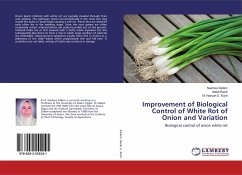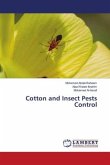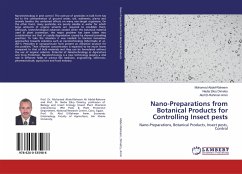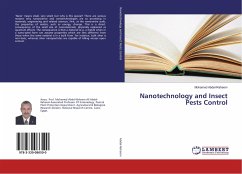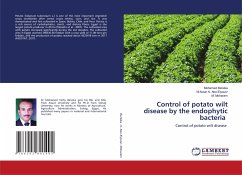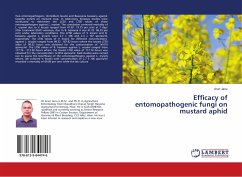Microbial pesticide exists naturally or by genetically changed fungi, protozoans, bacteria or algae. This can be used as an alternate method to chemical insecticide, this is very effective. Biological toxin material is derived from microorganism, for example, fungus or bacterium, this is called microbial toxin. These types of microorganism may cause death or rupture the gut of the pest because these entomopathogens are highly toxic. Studies proved that pathogen develops insecticidal toxin that are very much important in pathogenesis. Antibiotics are the substance that stops the growth or kills microorganism, including both fungi and bacteria. In "bactericidal", the antibiotics kill the bacteria, whereas in "bacteriostatic", the antibiotics stop the growth bacteria. It is the success of biotechnology that develops the transgenic crops which are resistance against the major pests and also commercialize the transgenic crops. In first generation, the products include plants with justsingle insecticidal Bt genes, which shows resistance against the major pests of cotton and corn.



